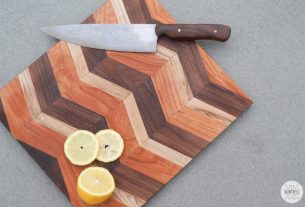Are you looking for the perfect line tools to add to your collection? Whether you’re a professional tradesperson or a DIY enthusiast, having the right tools is key to getting the job done efficiently and effectively. In this comprehensive guide, we’ll take a closer look at line tools and help you choose the best ones for your specific needs.
What Are Line Tools?
Line tools are used to create straight lines in various applications, from carpentry and masonry to landscaping and surveying. These tools can include chalk lines, laser levels, plumb bobs, string lines, and more. Each type of tool has its own unique features and benefits that make it ideal for specific tasks.
Chalk Lines
Chalk lines are one of the most popular types of line tools. They consist of a string coated in chalk powder that is pulled tight between two points. When snapped against a surface, the string leaves behind a straight line of chalk dust. Chalk lines come in different lengths and thicknesses, making them suitable for various projects.
Laser Levels
Laser levels use lasers to project straight lines onto surfaces. They’re commonly used in construction and renovation projects where precision is essential. Some models come with self-leveling features that make them easy to use even on uneven surfaces.
Plumb Bobs
Plumb bobs are used to determine verticality or alignment with gravity. They consist of a weight attached to a string that hangs freely from a fixed point. When held against a surface, the plumb bob’s weight pulls the string down towards the center of the earth, creating a perfectly vertical reference line.
String Lines
String lines are similar to chalk lines but don’t require chalk powder. Instead, they use plain strings that are stretched taut between two points. String lines can be used for both indoor and outdoor projects and come in different thicknesses and materials.
Choosing the Right Line Tools
When it comes to choosing the right line tools, there are several factors to consider. These include:
1. Type of Project
The type of project you’re working on will determine which line tool is most suitable. For example, if you’re building a deck, a chalk line may be the best option for creating straight lines on the wood. On the other hand, if you’re installing tiles in a bathroom, a laser level may be more appropriate for ensuring precise alignment.
2. Accuracy
Accuracy is crucial when it comes to line tools. If you need high levels of precision, then laser levels or plumb bobs may be the best options. However, if you just need a rough guideline for cutting or laying out materials, a chalk line or string line can work well.
3. Ease of Use
Line tools come in different shapes and sizes, and some are easier to use than others. Consider how comfortable you are with using specific types of tools before making a purchase. For example, if you’ve never used a laser level before, it may take some time to get used to its features.
4. Budget
Finally, your budget will also play a role in which line tools you choose. Some models can be quite expensive, while others are more affordable. Consider how often you’ll be using these tools and whether it’s worth investing in high-end models.
Conclusion
In conclusion, having the right line tools is essential for any construction or renovation project. Whether you opt for a chalk line, laser level, plumb bob, or string line will depend on your unique needs and preferences. By considering factors like accuracy, ease of use, and budget, you can make an informed decision and select the perfect tool for your next project.
References:
https://en.wikipedia.org/wiki/Chalk_line
https://en.wikipedia.org/wiki/Laser_level
https://en.wikipedia.org/wiki/Plumb_bob
https://en.wikipedia.org/wiki/String_line




